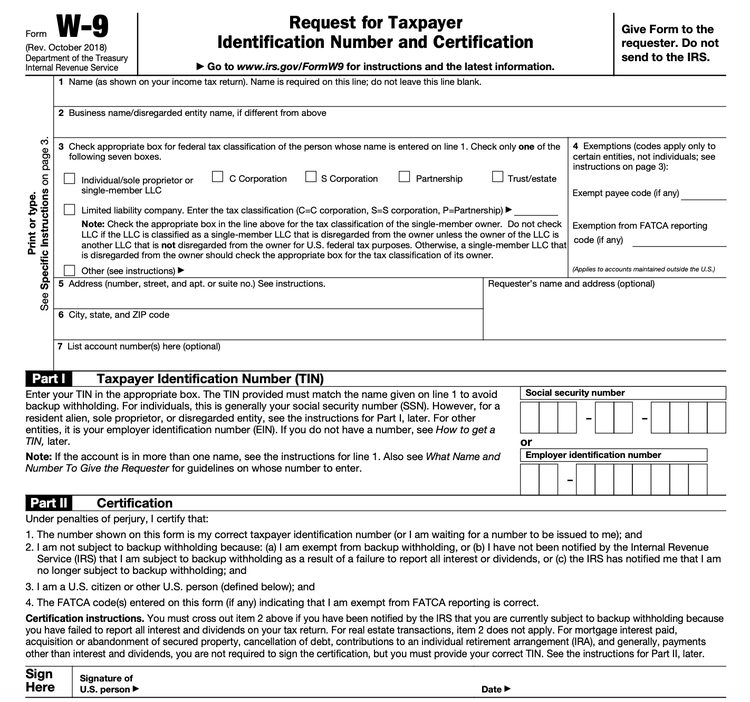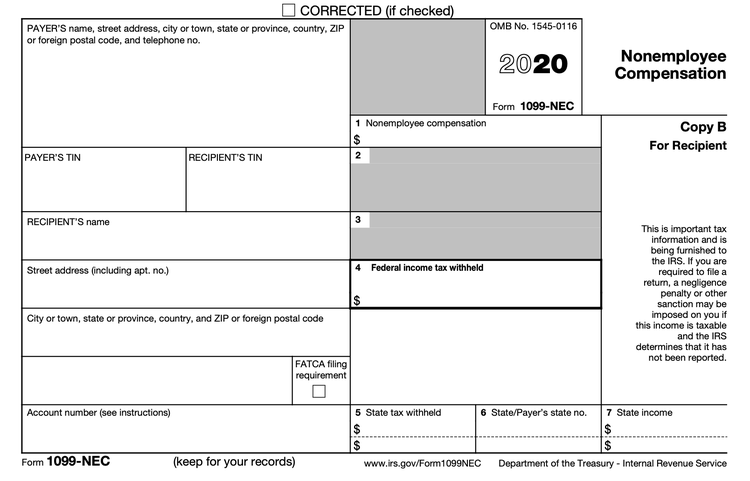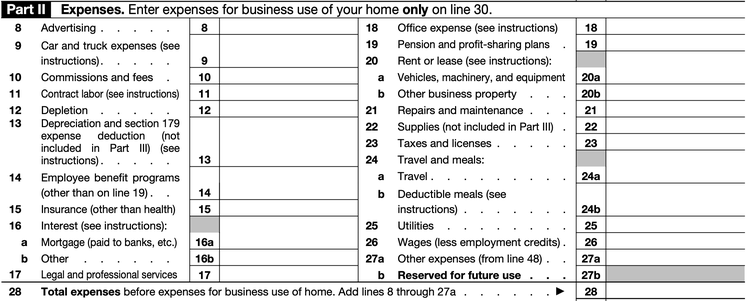A Beginner’s Guide to Independent Contractor Taxes
Independent contractors play a significant role in the U.S. economy, at least for now. From your cab driver to your food delivery person, you interface with independent contractors every day. You might even be an independent contractor. Even I’m an independent contractor!
Unlike employees, independent contractors remit tax payments on their own. I’ll say that at least two more times in this article because it’s just that important. Here’s how you pay taxes as an independent contractor.
Overview: What is an independent contractor?
Independent contractors are one-person businesses that provide goods and services to clients for a fee. People and companies engage independent contractors for a specific work purpose, relying on their expertise to complete the work.
Whereas employers can have significant control over their employees’ work processes, a business cannot dictate how and what its independent contractors do to achieve the business’s desired result.
The U.S. government has been cracking down on independent contractor classification in cases where workers could be treated more like employees.
You might have heard about how the California legislators have impugned the way Uber and Lyft classify their drivers. Check out our guide on independent contractors vs. employees for more on the difference between the two classifications.
One major difference is that businesses don’t pay or withhold payroll taxes for independent contractors, who are also called 1099 contractors. As self-employed workers, independent contractors remit taxes on their own.
Additionally, since independent contractors are business owners, they can take tax deductions for expenses incurred to complete their work, just like any other business can.
Tax deductions for independent contractors
As an independent contractor, you can deduct reasonable and necessary expenses related to running your business. Tax deductions reduce net income, lowering your business tax bill.
At your disposal are the same deductions available to any small business. You can scan our guide to small business tax deductions for a more comprehensive list of deductible expenses, but here are a few call-outs for independent contractors.
- Home office deduction: Independent contractors who use a portion of their home for work -- and no other purpose -- can deduct either $5 per square foot, up to 300 square feet, or the actual expenses of their home office. Don’t try to claim your kitchen table or an office you use for your full-time, non-contract job; the IRS doesn’t look kindly on that.
- Self-employment taxes: Employees pay one-half of Federal Insurance Contribution Act (FICA) taxes, and their employer picks up the other half. Independent contractors must pay 15.3% of eligible earnings to FICA, but they can deduct the half employers typically pay.
How to pay taxes as an independent contractor
Paying taxes on your own can seem stressful if you’re unfamiliar with the process. Your best bt is to get organized, use tax software, and follow these five steps.
1. Register your business and get accounting software
You’re a business owner, Harry! Register your business to take advantage of legal and financial protections and the ability to separate your personal and work finances.
Before you register your business, you’re considered a sole proprietor. This is suitable for many freelancers because it requires no setup.
When you register your business, you can get an Employer Identification Number (EIN), which allows you to open a business bank account and credit lines. That makes tax time easier: You won’t be wondering if the Chipotle charge on your credit card was for a personal or work burrito.
Many independent contractors register as limited liability companies, which can limit personal liability in business dealings. While LLCs can be taxed in many ways, you shouldn’t elect any funky tax treatment unless you’d like to complicate your tax return.
By default, single-member LLCs are pass-through entities that pay and file taxes just like sole proprietorships -- no separate tax return, nothing special. It’s the ideal choice for most independent contractors.
Once you set up your legal business, start using accounting software to track your revenues and expenses. It’ll come in handy when you’re verifying your earnings and filing your taxes.
2. Fill out and save a Form W-9
Nearly all of your business clients will ask you for your Form W-9, which collects your legal name and taxpayer identification number (TIN). It’s best to fill it out once, save it, and send it to your clients as they request it.
Businesses use the information on your Form W-9 to file your Form 1099-NEC, which reports payments made to independent contractors that exceed $600 for the year.
Independent contractors who do not provide a correct TIN to their business clients might be subject to backup withholding, where the client withholds and remits to the IRS 24% of an independent contractor’s fee. Double-check your TIN before sending it to a client.

Form W-9 collects an independent contractor’s legal name and taxpayer identification number (TIN). Image source: Author
It’s one of the simplest forms the IRS has to offer. If you created a single-member LLC, you should register for an EIN to avoid sharing your Social Security Number (SSN) or individual taxpayer identification number (ITIN) with clients.
The IRS occasionally alters Form W-9, so make sure the one you send clients is the most recent version.
3. Make estimated tax payments
Independent contractors are required to remit their own taxes. If you expect to owe more than $1,000 when you file your taxes, you’re required to make quarterly tax payments.
If you run a small business on the side while employed somewhere that withholds federal income taxes from your paycheck, avoid quarterly payments by increasing your federal withholding. You can adjust your federal withholding by filling out and submitting a fresh Form W-2 to your employer.
Use Form 1040-ES to calculate and make IRS estimated tax payments. Payment can be submitted online or by mail.
4. Receive Forms 1099-NEC from clients
At the beginning of each year, expect to receive a Form 1099-NEC from every business client who paid you more than $600 last year.
Compare the amounts on the forms to your accounting records. Make sure every amount matches, and contact your client when there are discrepancies.

Businesses file Form 1099-NEC for independent contractors paid more than $600 in the year. Image source: Author
But don’t expect a Form 1099-NEC from every client: Non-business clients don’t have to file anything when they pay you.
Let’s say you create topiaries for a living, and your neighbor paid you $750 to make a topiary in the shape of her granddaughter. Your neighbor won’t file a 1099 tax form because the topiary isn’t for a work purpose.
If your client were a real estate developer, however, they’d have to send you a Form 1099-NEC for the beautiful topiary you made for their building’s front lawn.
For the past 38 years, businesses filed Form 1099-MISC to report payments to independent contractors. Form 1099-NEC replaces 1099-MISC for this purpose starting in 2020.
5. File Form 1040 and appropriate schedules
Independent contractors use Form 1040 to report and pay their small business taxes. Sole proprietorships and single-member LLCs report business income on Schedule C.

Report your business deductions in part two of Form 1040 Schedule C. Image source: Author
Have your accounting software open as you file your business taxes. Tax software can help you identify additional business tax deductions reported in part two of Schedule C.
FAQs
-
Generally, you should make tax payments by January 15, April 15, June 15, and September 15. However, due dates have been extended this year due to the COVID-19 pandemic.
-
In general, tax underpayment penalties kick in when you owe more than $1,000 in unpaid taxes. You can avoid penalties when you pay the smaller amount of:
- 90% of this year’s tax liability
- 100% of last year’s tax liability
For example, say you paid $10,000 in taxes last year. If you make four equal payments of $2,500 during the year, you should avoid underpayment penalties, regardless of this year’s income.
Always put aside enough money to pay your taxes. Don’t wait to make large tax payments once a year -- divide your estimated annual tax liability by four and make quarterly payments.
-
The self-employed pay federal, state, and local income taxes. They also pay both halves of FICA taxes, which add up to 15.3% of eligible earnings: 12.4% to Social Security and 2.9% to Medicare.
Employers usually cover half of FICA taxes, but the self-employed pay both parts. Independent contractors can deduct the employers’ half of FICA when they file their taxes.
Independent contractors don’t pay federal or state unemployment taxes, and they’re often unable to benefit from unemployment compensation programs.
Independent, but not alone
You may be a one-person business, but you should never feel alone when filing your business taxes. Get some accounting and tax software to help you organize your independent contract business finances.
Alert: our top-rated cash back card now has 0% intro APR until 2025
This credit card is not just good – it’s so exceptional that our experts use it personally. It features a lengthy 0% intro APR period, a cash back rate of up to 5%, and all somehow for no annual fee! Click here to read our full review for free and apply in just 2 minutes.
Our Research Expert
We're firm believers in the Golden Rule, which is why editorial opinions are ours alone and have not been previously reviewed, approved, or endorsed by included advertisers. The Ascent does not cover all offers on the market. Editorial content from The Ascent is separate from The Motley Fool editorial content and is created by a different analyst team.
Related Articles
View All Articles